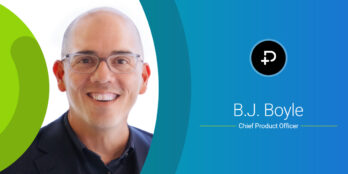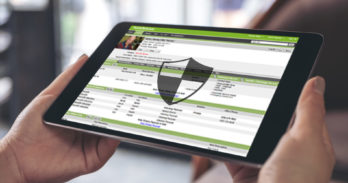
Successful Transitions of Care: How to Achieve Safe Discharges and Better Outcomes
 3 min
3 min
Once your resident is well enough to leave your facility, your focus is ensuring a successful transfer and their continued wellness. While transitions of care can be both planned and unplanned, your staff should be prepared to deliver proper care and treatment for the resident.
Unplanned transitions occur when an acute problem arises and the facility is not the appropriate setting to address the change in the resident’s condition, or the family requests the transfer to a hospital. Planned transitions include payer changes, and formal discharges to other settings, including home, another SNF, or a hospital for a scheduled surgery.
Discharge Planning: The Beginning and End of the Care Process
Discharge planning should start during the resident’s admission and continue throughout their stay. The discharge plan should state what capabilities the resident needs to have upon discharge. This means your EHR must be able to provide discharge content that is easy to use to help ensure that a comprehensive and personalized plan is available for each resident.
Understanding what is expected and achieved throughout the stay is necessary for helping the resident and their family determine the next steps. Communication about progress, declines, and plateaus, helps them make the right decision for their loved one.
When Rehospitalizations Occur
Rehospitalizations are costly to your facility and reputation, and negatively affect the resident’s experience. Facilities need to focus on managing residents’ care and treatment in a standardized, consistent approach, in order to prevent unnecessary and unplanned rehospitalizations. A recent study by the University of Colorado found that residents who are readmitted to the hospital are 2 times more likely to die in the 30 days following hospital discharge, and 4 times more likely to die within 100 days of hospital discharge, than residents who stayed in a Skilled Nursing Facility. Residents who needed some form of invasive device, such as tube feeding, dialysis, or a catheter, were also at higher risk for rehospitalization.
With the switch to PDPM and the push towards taking on more clinically complex residents, that risk will increase. You will need embedded tools that not only highlight risk, but also enhance the communication of changes in condition from bedside to physician. Care Content by COMS allows you to leverage standardized, evidence-based care assessments that ensure all of your staff are using the same enhanced assessments. This improves your organization’s care delivery while reducing the risk of readmissions.
Point of Care collects information about ADLs and provides a bedside tool for communication between care team members. CNAs record observations on how residents perform tasks or how much help they need, and they are also the eyes and ears of the nurse when they can’t be present. Given the right tools, CNAs are a valuable source for identifying changes in a resident’s condition. If changes in condition are recognized quickly, the facility is able to better care for the resident and reduce the likelihood of rehospitalization.
Sending the Right Information When a Transfer is Necessary
When the physician has the right information, the care team can work together to make sure the resident gets the appropriate treatment to prevent hospitalization. Once the decision is made that the resident needs to be transferred, staff must send the right documentation to make sure that proper care is maintained. Integrated Direct Messaging allows senior care providers to connect electronically with other care providers and exchange information securely from within the PointClickCare EHR platform.
Maintain Close Relationships with Hospital Partners
A study from Brown University shows that close partnerships between SNFs and hospitals greatly reduces readmissions within a week of hospital discharge. Systems that support remote case management and allow access to information can improve relationships and the resident experience, and ensure that the best care is being provided.
Transitions of care don’t need to be complicated. Planning for your resident’s discharge will help you guide care activities throughout the stay. Successful discharges lead to better quality reporting outcomes and improved relationships with upstream providers.
Connect with us to learn more about how PointClickCare can help you achieve successful transitions of care or check out our ebook, “Successful Transitions of Care: Your Guide to Safe Discharges and Better Outcomes”.
September 5, 2019






